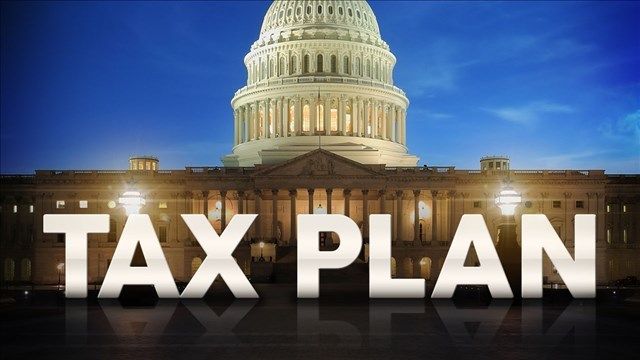
At the last moment before it turns 2018, President Donald Trump has got the first big win of his term: the tax plan that was passed by the Senate on Friday. This plan needs to be reconciled with a similar plan from the House of Representatives, but the main features stand. Most Americans will pay less taxes, but with a heavy accent toward less taxes on the richest. They would receive 62 percent of all the advantages if the tax plan is enacted. The corporate tax rate changes from 35 percent to 20 percent.
There are many questions to be asked about the plan. The way in which it was pushed through the Senate in a great hurry on Friday sheds a troubling light on the current state of the most important democracy in the world, where a complicated system of procedures, so-called checks and balances, and rules, should protect the integrity of the political system.
That other measures are hidden within the plan, such as, in this case, the partial dismantling of President Obama’s health care law or oil drilling in Alaska, which might be indigestible for opponents, but this is not new. What is unique about the tax plan is the redistribution it fosters. In the United States, where social inequality is already on the rise, this plan is the next step.
The public defense of tax reduction measures is mainly based on the positive effects it would have on the economy. These are questionable. The effect on spending would be much stronger indeed if lower- and middle-income groups were favored.
That the tax reduction measures for industry are favorable for the creation of jobs is equally questionable. It could lead to the return of some of the hundreds of billions of dollars that companies have sheltered outside the U.S. for tax reasons. But whether that money will then be invested and lead to jobs remains to be seen. There seems to be a more significant chance that companies will pass on the savings to their investors by way of extra dividends or by buying back their own stock. That is a better explanation for Wall Street’s positive response than better prospects for the American economy.
Secretary of the Treasury Steven Mnuchin has so far been unable or unwilling to provide a calculation of the tax plan’s economic effects, which, according to him, are so positive, that the tax reduction will pay for itself through higher economic growth. The Congressional Joint Committee on Taxation estimates there will be cumulative added economic growth of 0.8 percent, spread over 10 years.
That disappointing added growth is the reason for the plan’s high cost: a bit over $1 trillion by 2027. Added to an already increasing national debt, it results in a tenuous situation for American government finances. One can already hear the call for cutbacks, especially on social programs.
To the outside world, certainly to Europe, there is already an image this year of an American government that appears to be consuming itself slowly under Trump; doing so politically, morally, socially and financially. The tax plan takes an extra step in this direction. That may be a worthwhile masterplan for some, but for the United States’ allies, it is nothing less than upsetting.

Leave a Reply
You must be logged in to post a comment.